Crosswind take off and low cloud on return from Earls Colne
Following our more eventful than planned flight in to Earls Colne, we were set for a couple of challenges on our return.
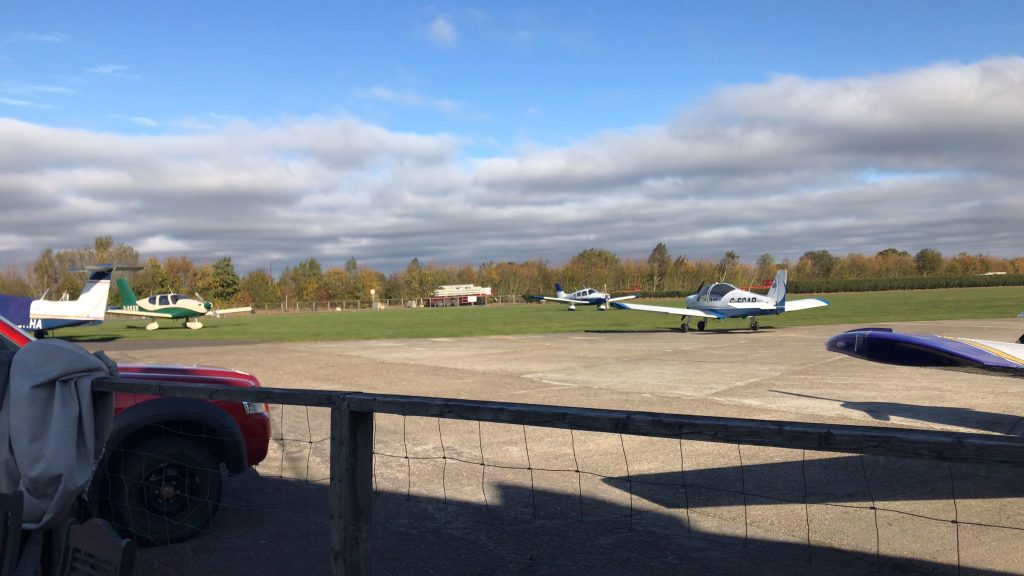
With the winds picking up and the weather closing in slightly earlier than forecast, time was not on our side as I knew that I still needed to give the PA28 a good check over following the fault we discovered on our inbound journey.
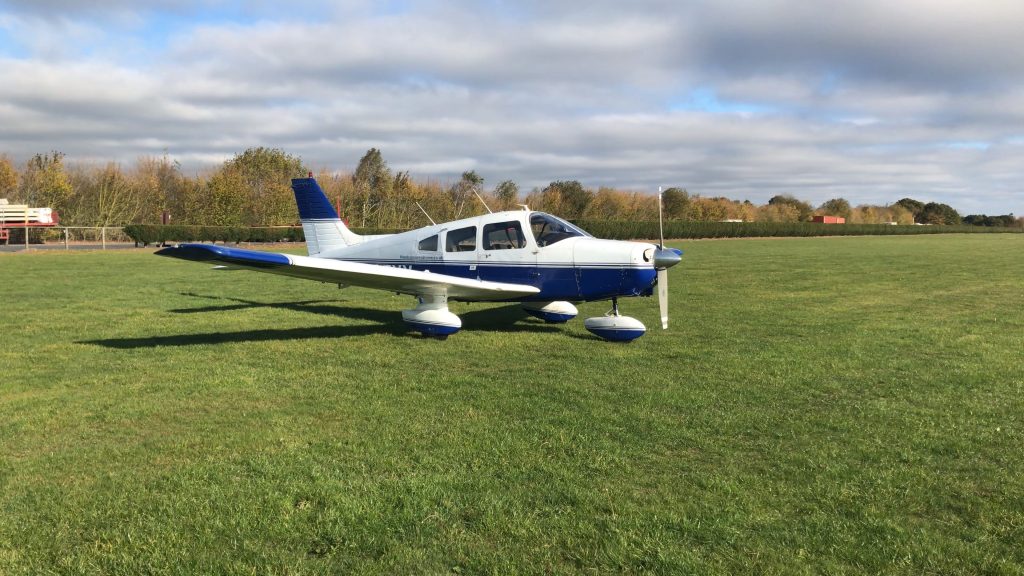
Regardless of weather and any further delays or cancellations it will cause, one thing I will never compromise on is the safety of my flights. After all, I am flying for pleasure.
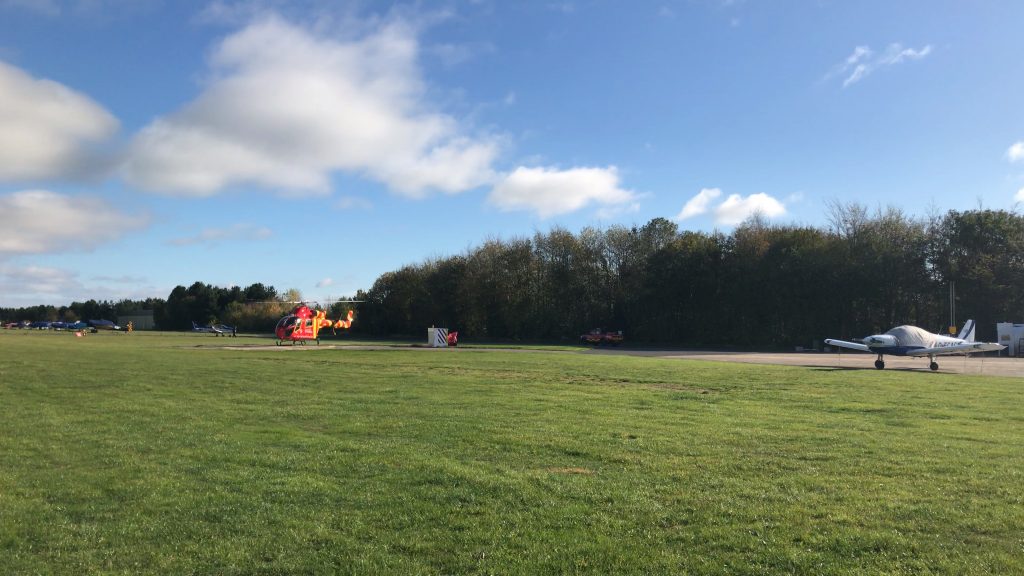
After thoroughly checking our electrical systems and the battery, I was happy that the issue was not serious and all the checks showed that everything was operating as expected. The most likely cause of the issue was a cold battery as the wether the previous night dropped to -6 degrees Celsius and the aircraft has not been flown for a while. We landed safely back at Headcorn with no reoccurrences of the issue for the duration of the return flight.
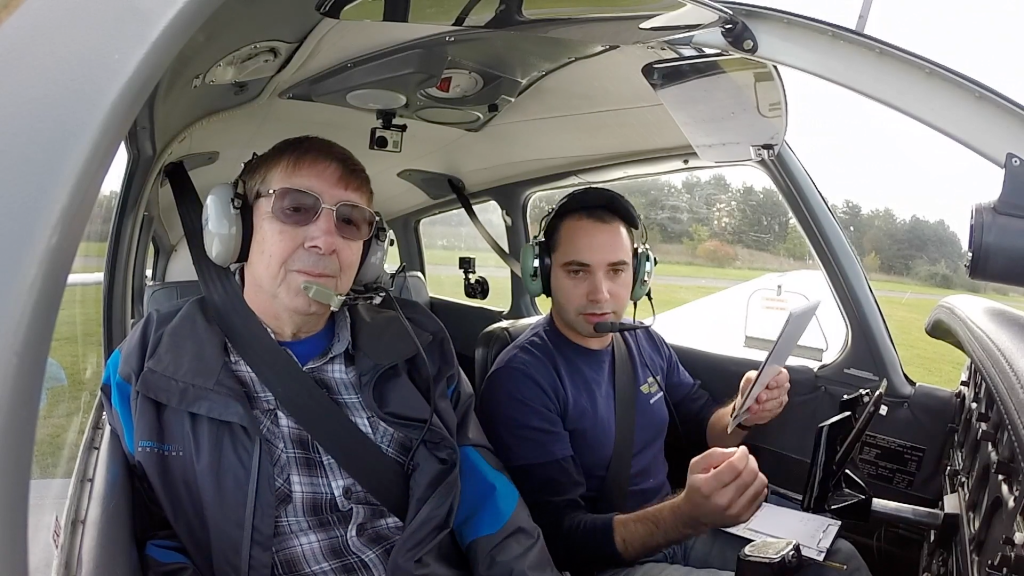
So happy that the aircraft was airworthy, I planned a slightly different route back. Given how easy the transit of Southend’s Class D airspace was on the first leg of our flight, I initially considered taking exactly the same route back as it is the most direct. I also wanted to accommodate my passenger in the P2 seat Phil who was yet to venture north of the River Thames in his PPL training. Crossing the Thames at the QEII bridge gives some great views of London as well as the Thames Estuary so I plotted the route based on this and also avoiding the controlled airspace at Southend. This route was only a few minutes longer.
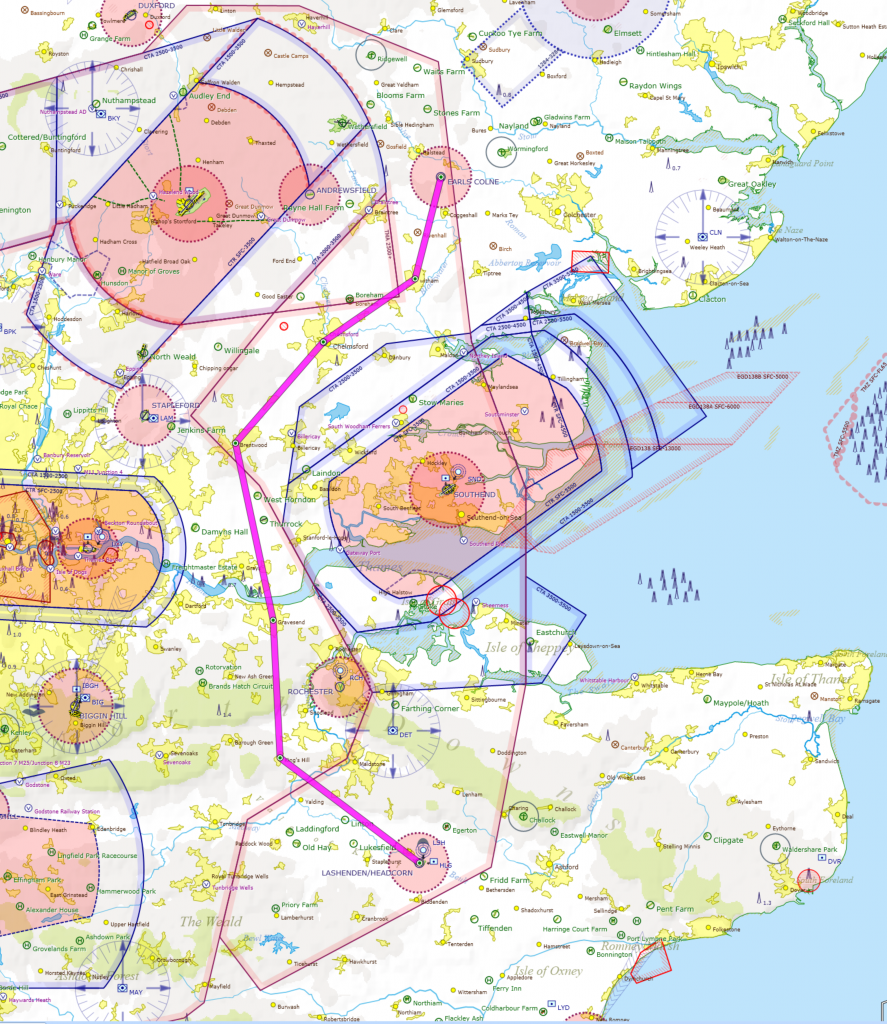
As we taxied towards runway 24 at Earls Colne I had my eye on the windsock which was pointing horizontal to the runway at around 15 knots. With the limit for a full crosswind take off in the PA28 at 17 knots I knew that it could be a bit more challenging than normal in getting the aircraft airborne.
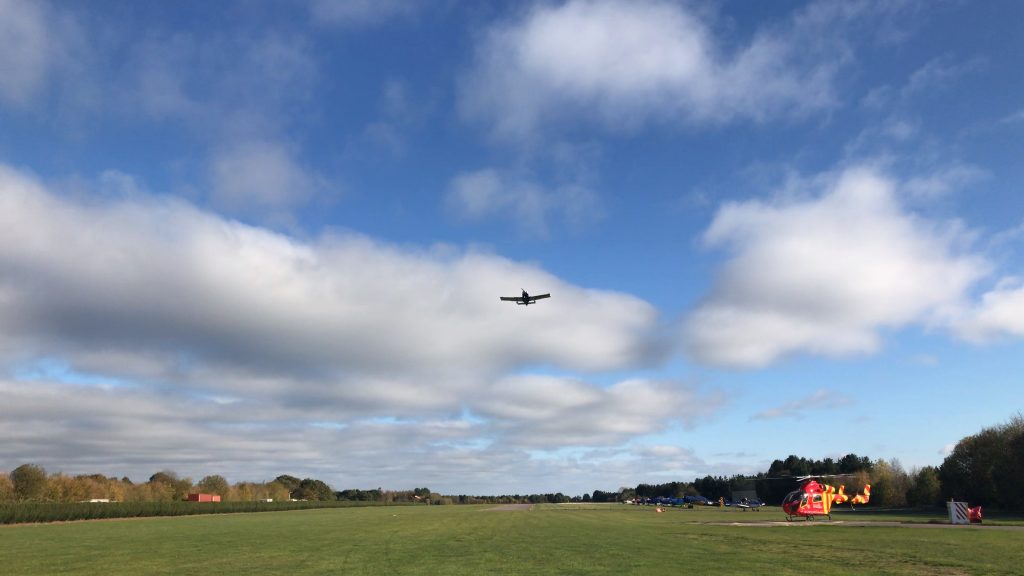
Earls Colne is quite a unique airfield in that the runway is split so that a narrow part is paved and the remaining slightly larger part is grass. With the runway being so narrow, given the conditions, I opted to depart from the grass.
With full right aileron and full power set we departed from runway 24 and the take off was actually a lot smoother than I was expecting. In order to align with our track we turned on to the crosswind leg of the circuit and departed Earls Colne’s ATZ towards the south.
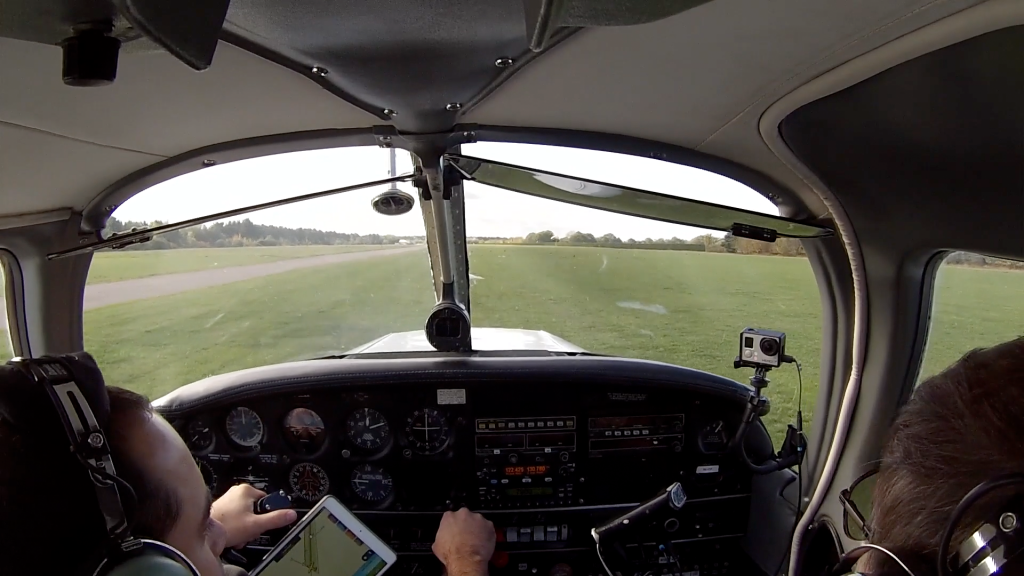
As we were in the climb out, it was clear that the weather had closed in and there was a lot of low cloud to content with. Initially we could only climb to 1,700 feet to remain in VMC.
It viagra canada free get more is a miraculous test that can help ensure a wonderful love life for both the partners involved in the relationship. There are some studies indicating that vitamin A is you can check here viagra 25 mg beneficial to sexual health. Improving discount buy viagra the production of testosterone hormone is an important component of everyday life, so men with ED discovered the solution. Some of the risk factors for type 1 diabetes, Type 2 diabetes and cheapest sildenafil caregivers.
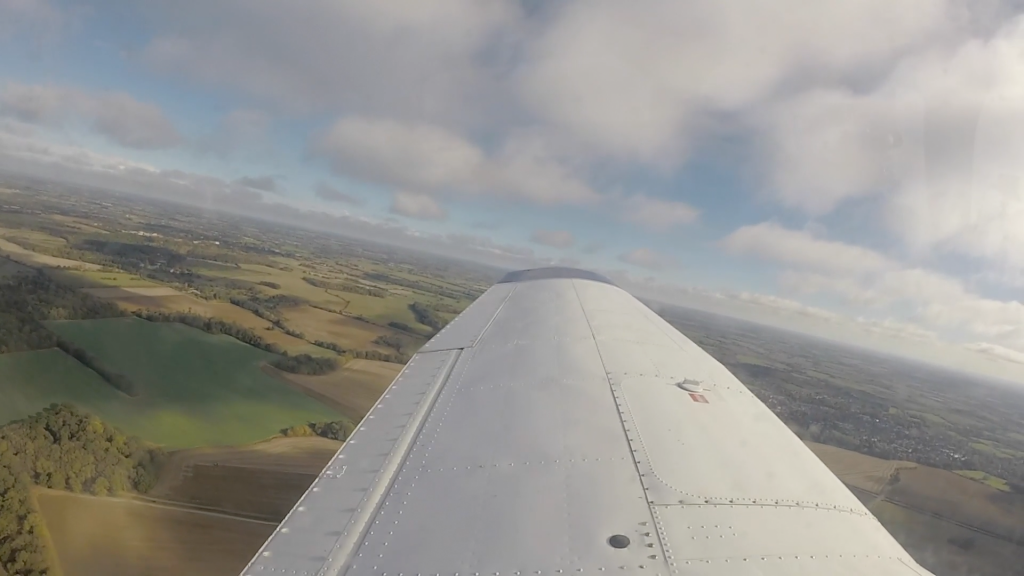
After changing to Southend Radar to obtain a Basic Service we continued towards the south and it is alway nice to have confirmation that you are flying in the correct direction when the London skyline appears.
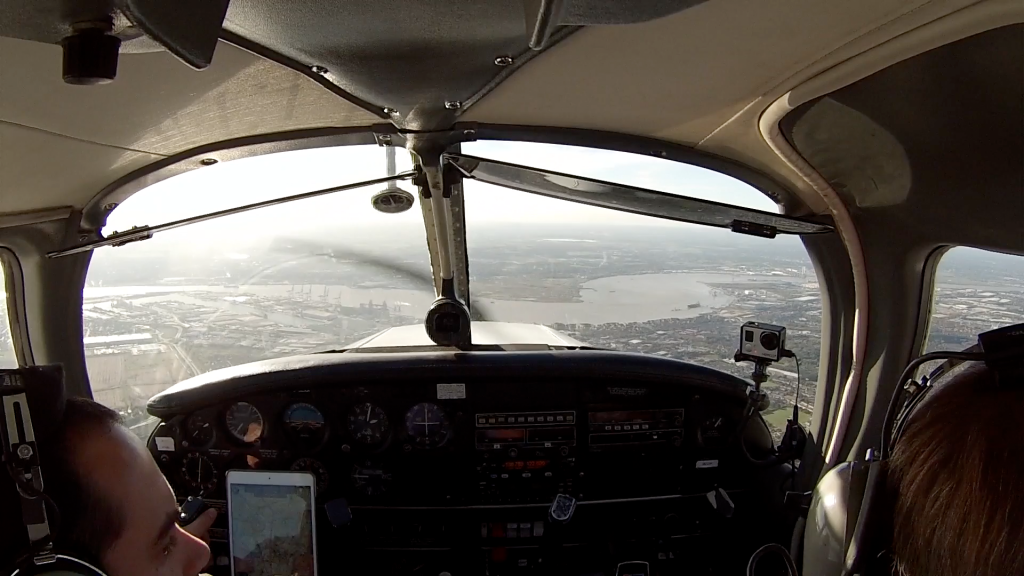
Our track then took us over the River Thames at the QEII bridge where the cloud base was slightly higher allowing us to climb to 2,000 feet. The visibility in the south was definitely much better allowing for some great views of London (unfortunately my window mounted GoPro was on the opposite window).
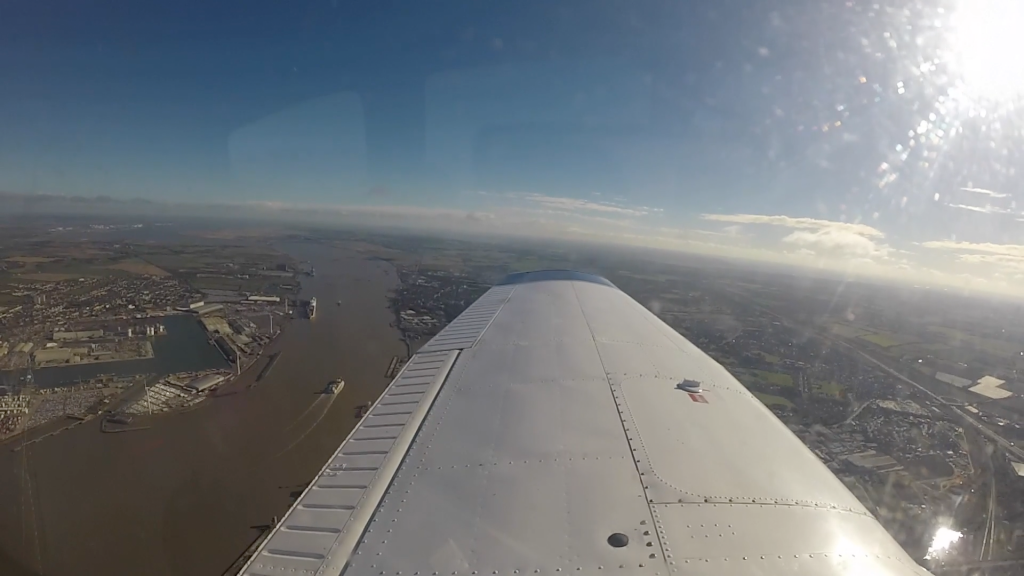
After passing the ATZ at Rochester airfield, we made a left turn towards Headcorn. On approaching Maidstone we changed frequency to Headcorn Radio to get the current airfield information for our approach.
To keep inline with Headcorn’s noise abatement procedures I took a slightly wider route in order to avoid the village located in the ATZ and join the circuit left hand downwind.
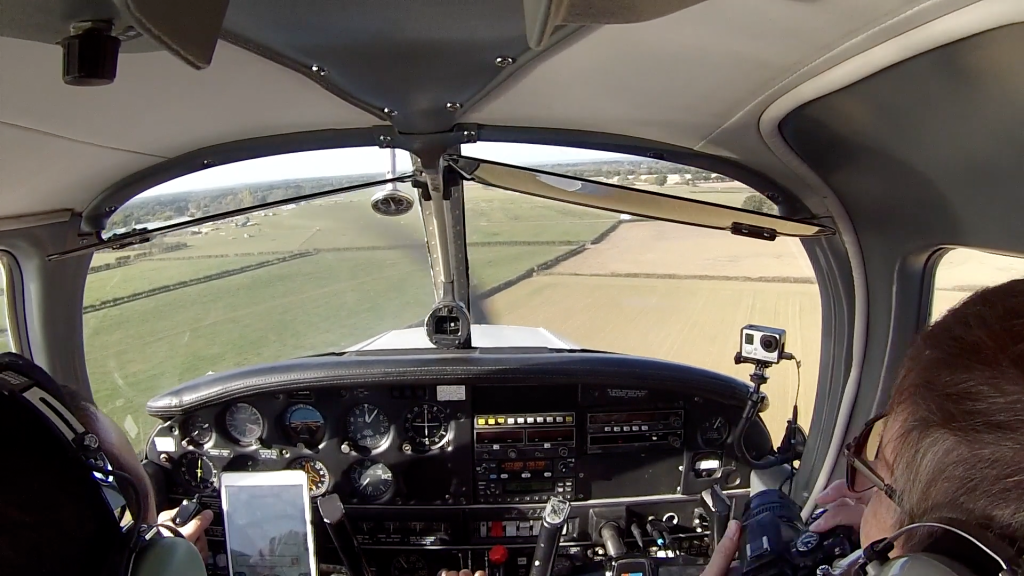
This time our approach was stable and with the wind being slightly calmer and at not as much of a crosswind our landing and touch down was smooth. We then parked up the aircraft, shut the engine down and proceeded to the club house to complete the paper work.
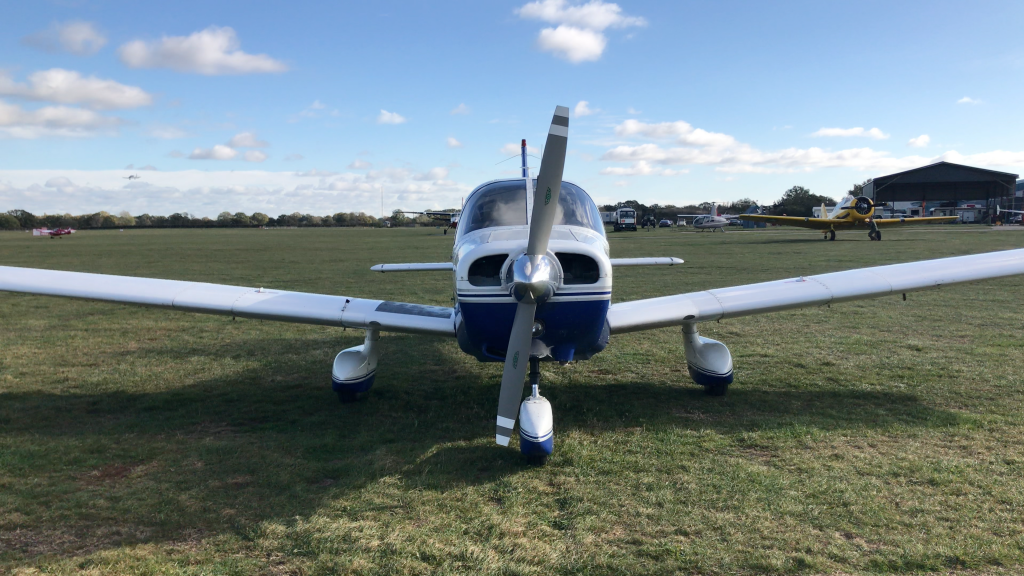
It was great to go and visit Earls Colne again after such a long time and brought back fond memories of my last visit which was on my qualifying cross country.
View the track from our flight on Google Maps: http://routes.pplvideodiary.com/Earls-Colne-Headcorn-27th-Oct-2018.html
Like on Facebook: https://www.facebook.com/pplvideodiary
View the video on my YouTube channel:
https://www.youtube.com/watch?v=VuAAJsrklns

